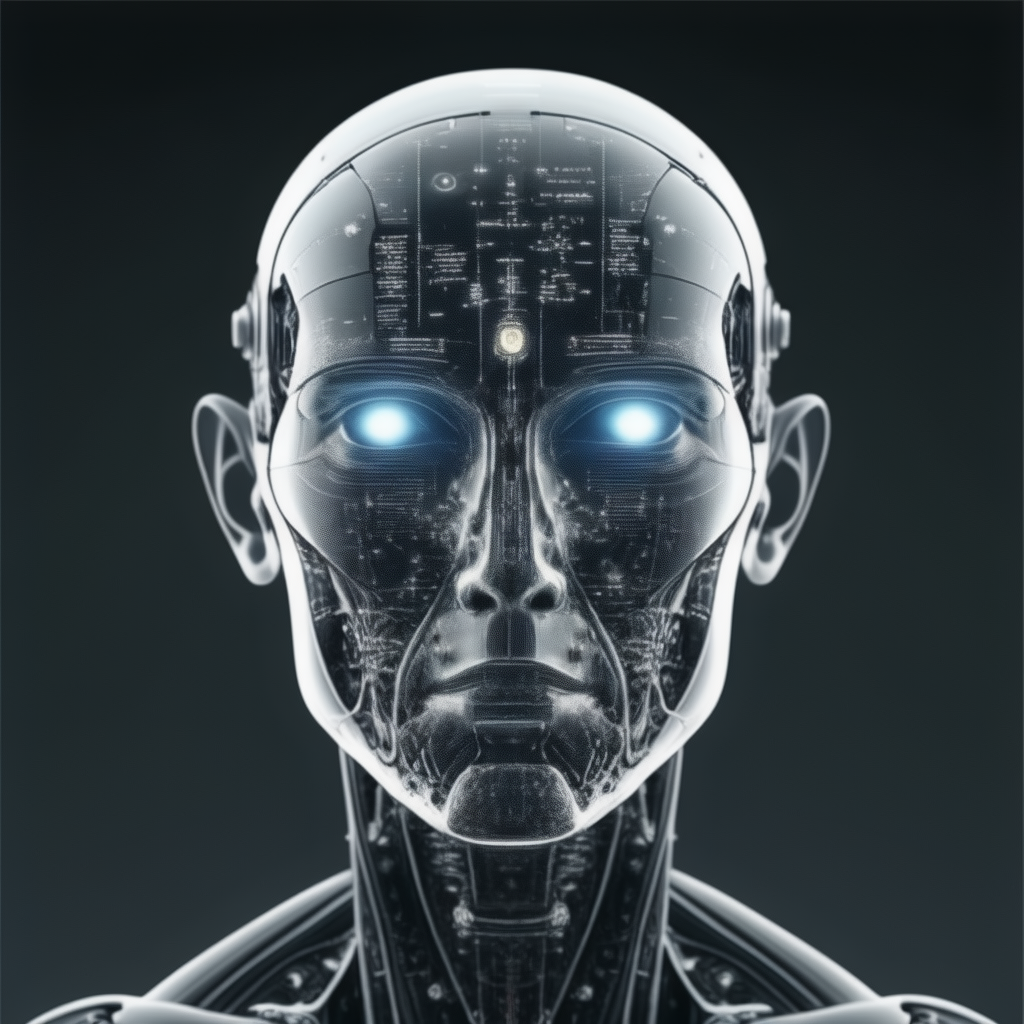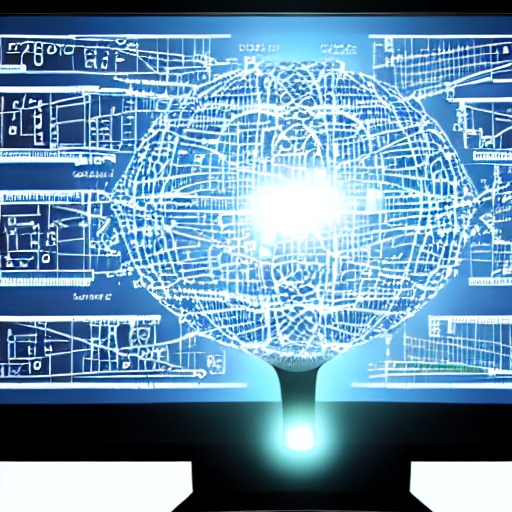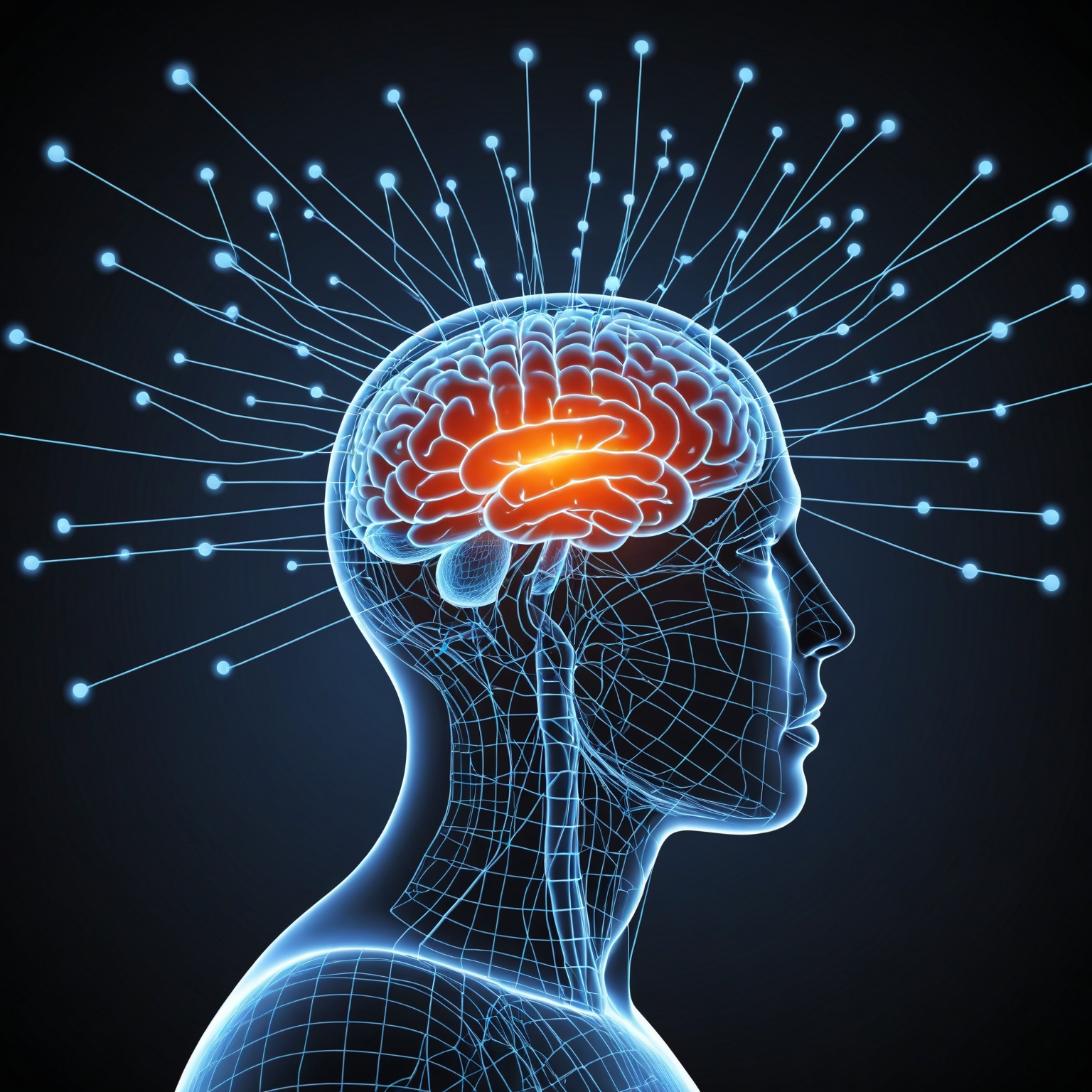The perceptron is a fundamental concept in artificial intelligence (AI) and machine learning (ML), representing one of the earliest forms of a neural network. Developed in the late 1950s and early 1960s by Frank Rosenblatt, the perceptron serves as a basic building block for more complex neural networks used today. This blog post delves into the theory of the perceptron, its historical significance, its mathematical foundation, and its impact on the field of AI/ML.
Introduction to the Perceptron
A perceptron is a type of artificial neuron that mimics the way biological neurons function in the brain. It is designed to perform binary classification, meaning it can decide whether an input, represented by a vector of numbers, belongs to one class or another. The perceptron algorithm is the simplest form of a neural network model and is capable of learning linearly separable patterns.
Historical Context
In 1958, Frank Rosenblatt introduced the perceptron as a probabilistic model for information storage and organization in the brain. The perceptron was a pioneering step in the development of neural networks and laid the groundwork for future research in AI and machine learning. Rosenblatt’s work was motivated by the goal of creating machines that could learn from experience and adapt to new situations.
The Perceptron Model
The perceptron model consists of several key components:
- Inputs (x): A vector of input features, where each feature represents some aspect of the data.
- Weights (w): A vector of weights, one for each input feature, which are adjusted during the learning process.
- Bias (b): A threshold value that helps the perceptron adjust the decision boundary.
- Activation Function: A function that computes the output based on the weighted sum of inputs and the bias.
The perceptron operates by computing the weighted sum of the inputs, adding the bias, and then applying the activation function. The most common activation function used in a perceptron is the step function, which outputs 1 if the weighted sum is greater than or equal to zero, and 0 otherwise.
Mathematically, the perceptron can be expressed as: 𝑦=activation(∑𝑖=1𝑛𝑤𝑖𝑥𝑖+𝑏)y=activation(∑i=1nwixi+b)
where 𝑦y is the output, 𝑤𝑖wi are the weights, 𝑥𝑖xi are the input features, and 𝑏b is the bias.
Perceptron Learning Algorithm
The perceptron learning algorithm is a supervised learning method, meaning it requires labeled training data. The goal of the algorithm is to find the optimal weights and bias that minimize classification errors on the training data. The learning process involves the following steps:
- Initialize Weights and Bias: Start with random weights and a bias.
- Forward Pass: For each training example, compute the output using the current weights and bias.
- Update Weights and Bias: Adjust the weights and bias based on the error, which is the difference between the predicted and actual output.
- Repeat: Iterate over the training examples multiple times until the weights converge or a predefined number of iterations is reached.
The weight update rule for a perceptron is given by: 𝑤𝑖←𝑤𝑖+Δ𝑤𝑖wi←wi+Δwi Δ𝑤𝑖=𝜂(𝑑−𝑦)𝑥𝑖Δwi=η(d−y)xi
where 𝜂η is the learning rate, 𝑑d is the desired output, and 𝑦y is the actual output.
Perceptron Learning Process
- Input Representation: Convert the input data into a numerical format suitable for the perceptron. This may involve feature extraction and normalization.
- Initial Weights and Bias: Randomly initialize the weights and bias. These parameters will be adjusted through the learning process.
- Forward Propagation: For each input, compute the weighted sum of the inputs and bias, and apply the activation function to determine the output.
- Error Calculation: Compare the perceptron’s output with the actual desired output (target label). Calculate the error, which is the difference between the predicted and actual outputs.
- Weight Adjustment: Adjust the weights and bias to reduce the error. This is done by increasing the weights if the output is too low and decreasing them if the output is too high.
- Iteration: Repeat the forward propagation and weight adjustment steps for multiple epochs (iterations over the entire training dataset) until the model converges, meaning the error is minimized and the weights stabilize.
Mathematical Formulation
The perceptron algorithm’s mathematical formulation can be broken down into several key equations:
- Weighted Sum: The weighted sum of the inputs and bias is calculated as: 𝑧=∑𝑖=1𝑛𝑤𝑖𝑥𝑖+𝑏z=∑i=1nwixi+b
- Activation Function: The activation function, typically a step function, is applied to the weighted sum:
1 & \text{if } z \ge 0 \\ 0 & \text{if } z < 0 \end{cases} \] 3. **Weight Update Rule**: The weights and bias are updated based on the error: \[ w_i \leftarrow w_i + \eta (d – y) x_i \] \[ b \leftarrow b + \eta (d – y) \] Here, \( \eta \) is the learning rate, \( d \) is the desired output, and \( y \) is the actual output. #### Limitations of the Perceptron While the perceptron was groundbreaking, it has notable limitations: 1. **Linear Separability**: The perceptron can only solve problems that are linearly separable, meaning it cannot handle cases where the classes are not linearly separable. This limitation was famously highlighted by Minsky and Papert in 1969, showing that the perceptron could not solve the XOR problem, which is not linearly separable. 2. **Complex Patterns**: It struggles with complex patterns and data that require nonlinear decision boundaries. This limitation necessitated the development of more sophisticated models. 3. **Single Layer**: The basic perceptron is a single-layer neural network, limiting its capacity to model intricate relationships in data. Multi-layer networks were developed to overcome this limitation. #### Advancements Beyond the Perceptron The limitations of the perceptron led to the development of more advanced neural network models, such as multi-layer perceptrons (MLPs) and deep neural networks. MLPs consist of multiple layers of neurons, including hidden layers, which enable the network to learn nonlinear patterns. The introduction of backpropagation, a method for training multi-layer networks, further enhanced the capabilities of neural networks. 1. **Multi-Layer Perceptrons (MLPs)**: These networks consist of an input layer, one or more hidden layers, and an output layer. MLPs can learn complex, non-linear patterns due to the additional hidden layers that introduce non-linear activation functions. 2. **Backpropagation**: This algorithm, introduced in the 1980s, allows for efficient training of multi-layer networks by propagating the error from the output layer back to the input layer and adjusting the weights accordingly. 3. **Deep Learning**: The evolution of MLPs into deeper architectures, with many hidden layers, led to the field of deep learning. Techniques like convolutional neural networks (CNNs) and recurrent neural networks (RNNs) have been developed to handle specific types of data, such as images and sequences. #### Impact on AI and Machine Learning The perceptron laid the foundation for modern AI and machine learning. Its principles are embedded in today’s sophisticated neural network architectures, including convolutional neural networks (CNNs) for image recognition and recurrent neural networks (RNNs) for sequential data. The perceptron’s simplicity and effectiveness in solving linearly separable problems make it a valuable educational tool for understanding the basics of neural networks. 1. **Educational Tool**: The perceptron is often the first neural network model that students learn about in AI and ML courses due to its simplicity and foundational concepts. 2. **Research and Development**: The perceptron has influenced countless research projects and developments in AI, paving the way for innovations in neural network design and training algorithms. 3. **Practical Applications**: While simple perceptrons are rarely used in practical applications today, their principles underpin many modern AI systems, from image and speech recognition to natural language processing. #### Conclusion The perceptron represents a seminal concept in the history of AI and machine learning. Despite its limitations, it provided critical insights into how machines can learn from data and adapt over time. The advancements in neural network research that followed have built upon the perceptron’s foundation, leading to the powerful AI technologies we see today. Understanding the perceptron and its theory offers valuable perspective on the evolution and principles of neural network models. ### Further Reading and Resources 1. **Books**: – “Perceptrons: An Introduction to Computational Geometry” by Marvin Minsky and Seymour Papert. – “Neural Networks and Deep Learning” by Michael Nielsen. 2. **Online Courses**: – Coursera: “Neural Networks and Deep Learning” by Andrew Ng. – edX: “Introduction to Artificial Intelligence” by Columbia University. 3. **Research Papers**: – Rosenblatt, F. (1958). The Perceptron: A Probabilistic Model for Information Storage and Organization in the Brain. Psychological Review. – Minsky, M., & Papert, S. (1969). Perceptrons: An Introduction to Computational Geometry. Understanding the perceptron and its role in the development of AI and ML is crucial for anyone interested in the field. It serves as a gateway to more complex and powerful models that drive modern AI applications, making it an indispensable concept in the history and future of artificial intelligence.
Limitations of the Perceptron
While the perceptron was groundbreaking, it has notable limitations:
- Linear Separability: The
 can only solve problems that are linearly separable, meaning it cannot handle cases where the classes are not linearly separable.
can only solve problems that are linearly separable, meaning it cannot handle cases where the classes are not linearly separable. - Complex Patterns: It struggles with complex patterns and data that require nonlinear decision boundaries.
- Single Layer: The basic perceptron is a single-layer neural network, limiting its capacity to model intricate relationships in data.
Advancements Beyond the Perceptron
The limitations of the perceptron led to the development of more advanced neural network models, such as multi-layer perceptrons (MLPs) and deep neural networks. MLPs consist of multiple layers of neurons, including hidden layers, which enable the network to learn nonlinear patterns. The introduction of backpropagation, a method for training multi-layer networks, further enhanced the capabilities of neural networks.
Impact on AI and Machine Learning
The perceptron laid the foundation for modern AI and machine learning. Its principles are embedded in today’s sophisticated neural network architectures, including convolutional neural networks (CNNs) for image recognition and recurrent neural networks (RNNs) for sequential data. The perceptron’s simplicity and effectiveness in solving linearly separable problems make it a valuable educational tool for understanding the basics of neural networks.
Conclusion
The perceptron represents a seminal concept in the history of AI and machine learning. Despite its limitations, it provided critical insights into how machines can learn from data and adapt over time. The advancements in neural network research that followed have built upon the perceptron’s foundation, leading to the powerful AI technologies we see today. Understanding the perceptron and its theory offers valuable perspective on the evolution and principles of neural network models.







